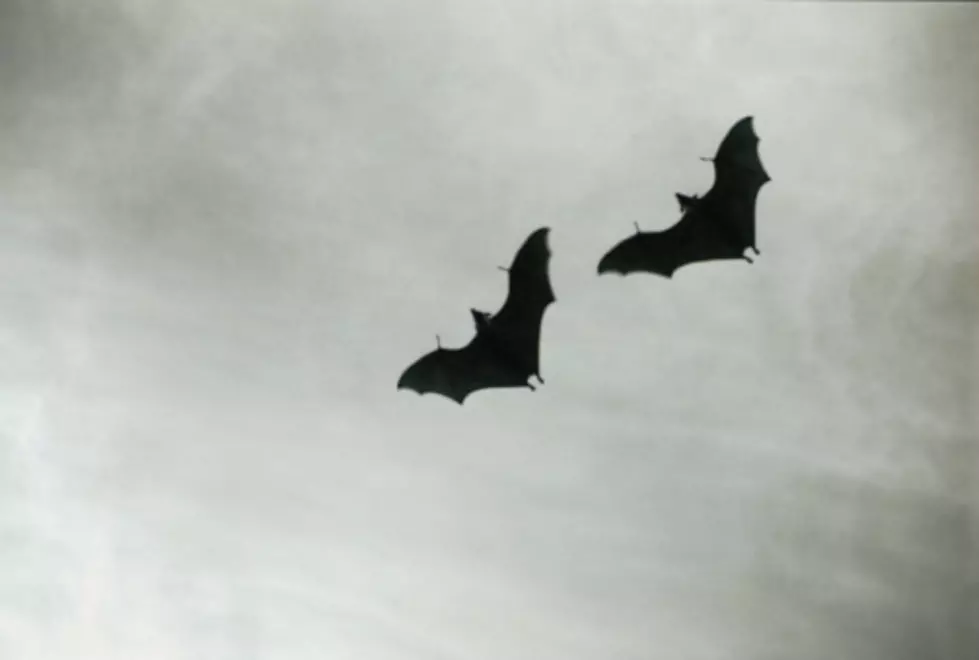
A key question for researchers: Where are NJ’s bats going?
Radio signals are helping researchers learn more about a fungus that has been killing off bats, important to the ecology because they help to control the insect population.
William Paterson University professor Lance Risley, with help from student assistant Julia Mac Donald, attached radio transmitters to two northern long-eared bats to find out where they go and what they do. As the bats carried the transmitters for a few weeks, they were tracked by the researchers.
"Because of some bat detectors that Julia was using, we discovered that the species, the threatened species, the long-eared bat, was on property near our campus," Risely said.
Risely said while researchers knew the bats would go to trees in the summertime, they didn't know much about what trees or particular spots they would head to — "and because the bat is now so rare, that information is going to be important for helping protect their habitats, and to manage areas, maybe, for the protection of that species."
But Risley said the radio tracking can only help when the bats are not underground.
"The summer habitat seems to be just fine. And the issue seems to be much less about the summer than it is about the winter, when the bats go underground, and that is when the fungus attacks," he said.
By controlling insects, bats save agriculture billions in crop damage. If bat species are threatened or become extinct, that check on the insect population will be reduced or eliminated, thus increasing the threat to the crops.
Joe Cutter is the afternoon news anchor on New Jersey 101.5.
More from New Jersey 101.5:
More From New Jersey 101.5 FM




![State Officials Say There Is No Rabid Bat Epidemic [AUDIO]](http://townsquare.media/site/385/files/2012/09/Rabid-Bat.jpg?w=980&q=75)




